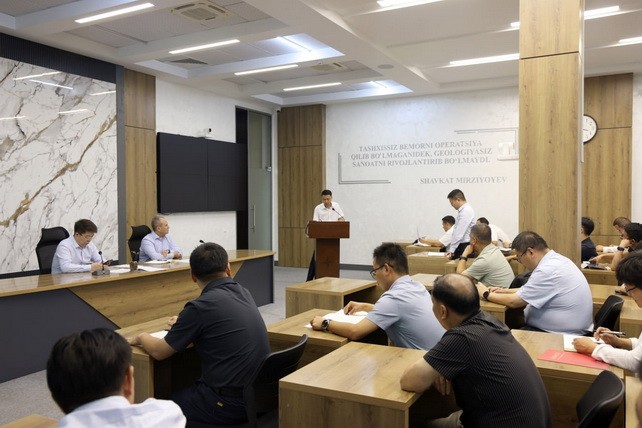Saneg has completed the implementation of an environmentally significant project to introduce an automated system for the disposal of hydrocarbon vapors generated during oil storage. The system was put into operation at production facilities in Karshi and Mubarek and is aimed at reducing harmful emissions, reducing the loss of raw materials and improving the level of industrial safety.
Vapors generated in oil storage tanks are so-called "breathing gases" - hydrocarbon vapors that occur as a result of temperature changes, as well as during filling and draining operations. Without the use of specialized technologies, these vapors are released into the atmosphere, which annually leads to the loss of more than eight million cubic meters of vapor and equivalent emissions of more than 160 thousand tons of carbon dioxide. At least seven million trees would have to be planted to compensate for such emissions.
The implemented system allows you to capture and reuse hydrocarbon vapors, reducing both production losses and environmental stress. According to preliminary estimates, the launch of the equipment will provide an annual reduction in CO₂ emissions by more than 160 thousand tons, which makes the project one of the most significant steps in the environmental transformation of the oil and gas sector in Uzbekistan.
The project was developed by the engineering company GRDC, and its investment support was provided by the Swiss company VEMA Carbon, which specializes in supporting sustainable development and decarbonization projects in the energy sector.
This project is part of Saneg's broader strategy of reducing its carbon footprint, upgrading its production facilities and meeting international environmental standards. Its implementation confirms the desire of the domestic oil and gas industry to move to more responsible forms of industrial operation and maintain long-term environmental sustainability.














